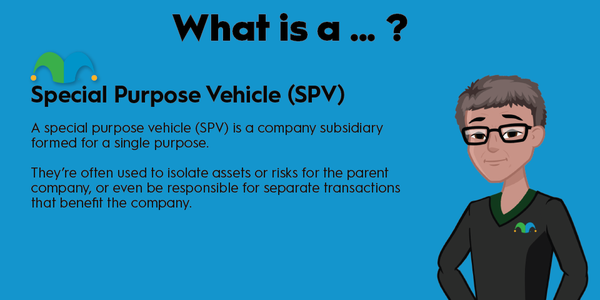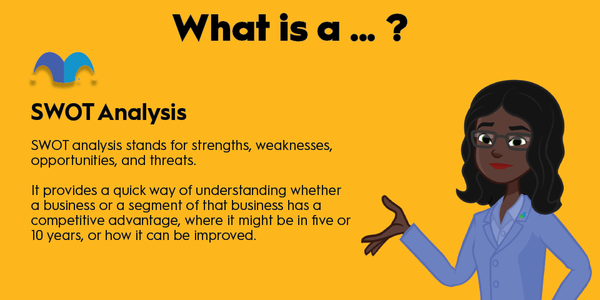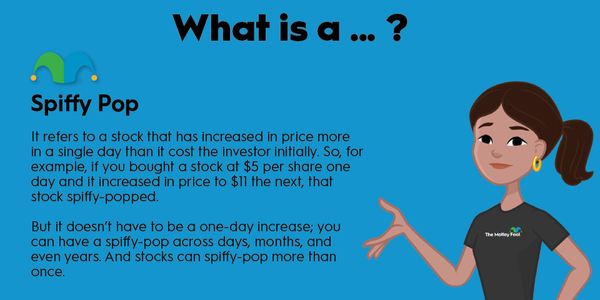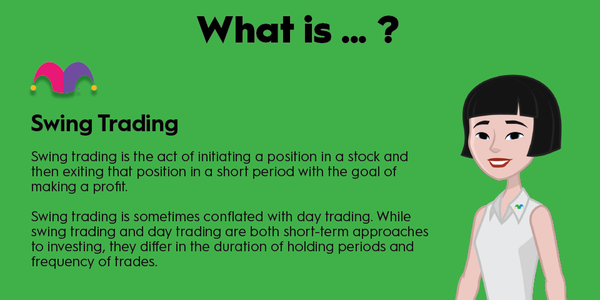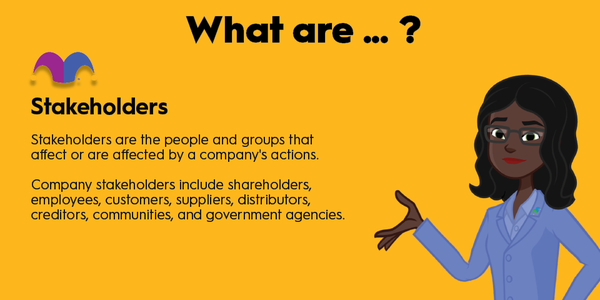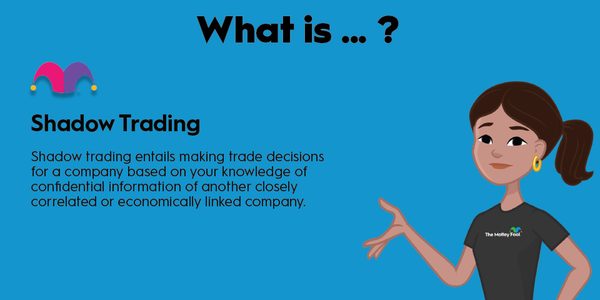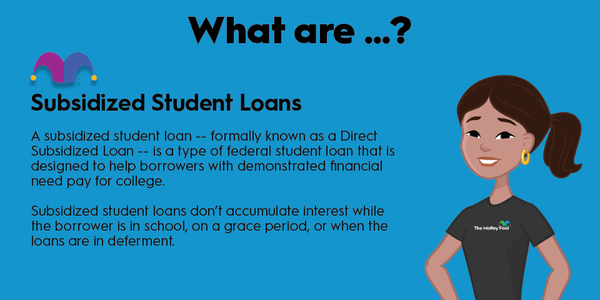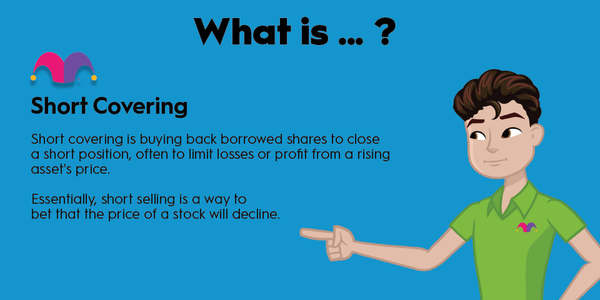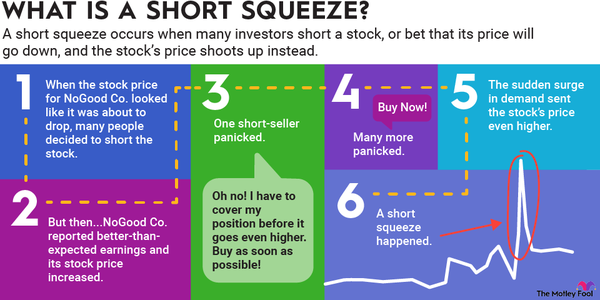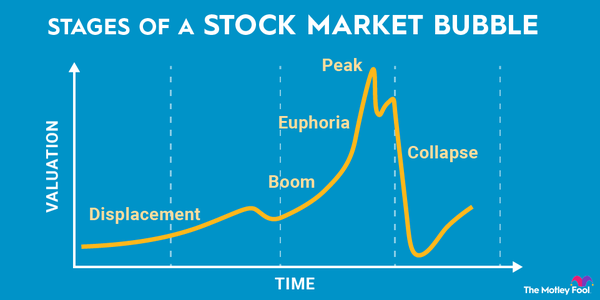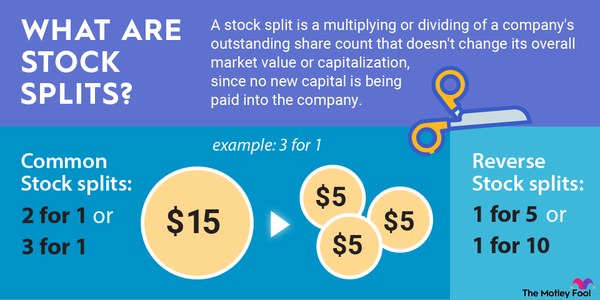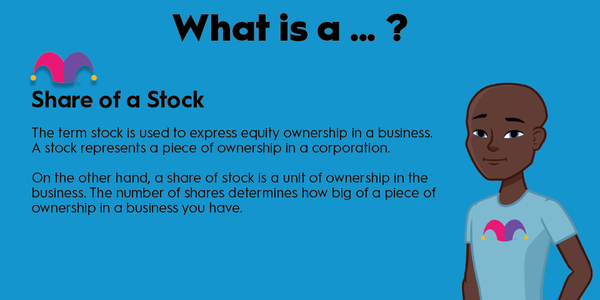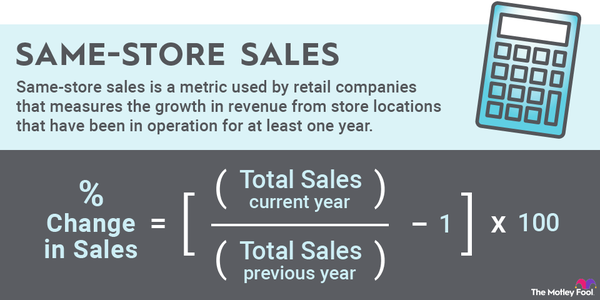Social media are internet platforms that facilitate creating, sharing, and discovering user-generated content.
These platforms are some of the most commonly used websites and apps in the world, including Meta’s (META -10.56%) Facebook and Instagram, Alphabet’s (GOOG -1.96%) (GOOGL -1.97%) YouTube, Snap’s (SNAP 2.89%) Snapchat, Pinterest (PINS -0.64%), Twitter, TikTok, Reddit, and more. As such, it’s become a vital part of any internet-related industry.

What is social media?
What is social media?
Social media is a catch-all term for internet-based platforms that help users create, share, and discover content. Content can include any type of media -- text, photos, videos, audio, and links to other content on the web -- with some platforms putting a bigger focus on one type versus another. Some definitions of social media include messaging apps like WhatsApp and Tencent’s (TCEHY -0.94%) WeChat, which include user profiles and the ability to connect with broad communities.
Many social media platforms offer a way to connect with other users. Often, each user has a profile, which allows others to discover the user and their content, and for the platform to curate content for that user. Algorithmic content curation is a common feature of most social media platforms, combining content from the other users someone follows on the platform, as well as recommendations based on previous user behavior.
Types of social media
Types of social media
There are a lot of different types of social media, with many platforms playing in multiple areas.
- Blogs/microblogs. Platforms like Twitter, Tumblr, and Blogger provide ways to share and discover content primarily focused on text. Users can easily share posts with their friends or followers on that platform if they have an account.
- Social networks. Social networks like Facebook and Microsoft’s (MSFT -2.45%) LinkedIn are focused on building a network of connections. The platforms often require a mutual connection instead of allowing users to follow others unilaterally.
- Photo sharing. Apps including Instagram and Flickr promote photo sharing and allow users to discover interesting photos about lots of subjects.
- Video sharing. YouTube and TikTok are video platforms that make it easy to produce, upload, and share videos on the internet.
- Social bookmarking. Pinterest offers a way for users to curate content from around the internet with a focus on images.
- Forums. Reddit and 4Chan are forum platforms enabling communities to find each other and post about specific topics.
The above list is not exhaustive, and, as mentioned, many platforms cross multiple formats.
How social media platforms make money
How social media platforms make money
The primary way most social media platforms make money is through advertising.
Social media is an important tool for businesses. Having a significant presence on social media can be a cheap source of marketing to promote new products and services. But most platforms also offer paid promotion to help businesses large and small expand their reach and find new customers.
Advertising on social media can be extremely effective, especially on large platforms like YouTube and Facebook. That’s because the larger the network and the more engaged its users, the better data that a platform has about its users’ interests. A larger user base also means an advertiser can reach a sizable audience with more precise targeting of demographics.
Social media advertising spend exceeds $200 billion worldwide. Global ad spending on traditional media is only about $300 billion. Over time, social media advertising spend could exceed traditional media.
Related investing topics
Competitive advantages in social media
Competitive advantages in social media
When looking at social media stocks, it’s important to identify a competitive advantage. This will ensure the company can grow profitably over the long term with strong profit margins.
The primary source of competitive advantage in social media is the network effect. Once a platform reaches a substantial number of users, it becomes much more valuable to both users and advertisers. Users benefit from a wider variety and higher quality user-generated content. And marketers benefit from more users who engage more with the content on the platform.
Although innovative media formats can attract users, it’s probably not enough to sustain a competitive advantage. Meta has notably copied various formats from its competitors to prevent its users from shifting time spent with its apps for other social media apps like Snapchat or TikTok. The success it’s had with that strategy speaks to the power of its network advantage as the owner of two of the largest social media platforms in the world.
Another competitive advantage among social media companies is better technology. Artificial intelligence (AI) has grown increasingly important for some platforms and is used to provide better models for ad targeting and measurement, as well as better content recommendations for users.
TikTok, for example, quickly grew popular because of its content recommendation algorithm, which sucked users into the app. Meta has since invested heavily to overcome the threat and improve its advertising business.
Only a few companies have the resources to invest heavily in AI, which gives them a significant competitive advantage that should ultimately benefit their bottom lines.
A competitive advantage is key to ensuring your investment can sustain its growth over time.
